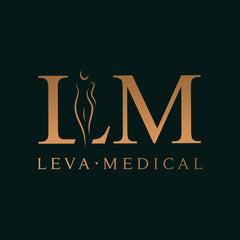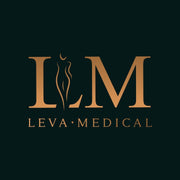Understanding and Tear Trough Fillers and Treating Eyelid Edema
Understanding and Treating Post-Hyaluronic Acid Recurrent Eyelid Edema: Insights from a Key Study
Aging gracefully is a desire for many, but when dark circles and under-eye bags become a constant companion, it’s time to explore rejuvenating solutions. Amidst various cosmetic remedies, Tear Trough Filler has emerged as a popular choice for their minimally invasive nature and noticeable results. But, like any medical procedure, they come with their own set of complexities. Let’s embark on an enlightening journey to better understand this revolutionary procedure and its potential complications.
Key Takeaways
-
Rising Popularity of HA Fillers in Aesthetic Medicine: Hyaluronic acid (HA) fillers have gained significant traction in the field of aesthetic medicine, primarily for facial rejuvenation purposes, due to their effectiveness and relative safety.
-
Emergence of PHAREE as a Complication: Alongside the increasing use of HA fillers, a complication known as Post-Hyaluronic Acid Recurrent Eyelid Edema (PHAREE) has been identified. This condition presents a challenge in aesthetic treatments, manifesting as recurrent eyelid edema following HA filler injections.
-
Precautionary steps: Should be taken to reduce the risk of PHAREE such as massage, comprehensive medical examination & selecting the right filler injection technique.
Understanding Tear Trough Fillers

Tear trough fillers are a cosmetic procedure that involves injecting a gel-like substance, typically containing hyaluronic acid, into the under-eye area. The primary purpose of tear trough fillers is to address under-eye volume loss and impart a rejuvenated appearance. In other words, the goal is to diminish the depression in the tear trough deformity and enhance the facial appearance.
An array of hyaluronic acid fillers are available on the market, with Restylane-L and Juvederm Volbella being the popular choices for tear trough correction. However, one should bear in mind that the effects of tear trough fillers are not permanent, usually enduring up to 18 months, and it is advisable to have the procedure carried out by a skilled and experienced practitioner.
Like any medical procedure, under eye fillers, such as tear trough fillers, come with potential risks and complications. The under-eye area is highly vascular, increasing the likelihood of significant bruising following the procedure. Patients should always inform the provider’s office promptly in case of any complications.
Hyaluronic Acid Fillers: Navigating Efficacy and Risks in Facial Augmentation
The rise in hyaluronic acid (HA) filler use for facial rejuvenation, as detailed in a study by Justin Karlin, has been significant, with procedures increasing notably from 2012 to 2020. This growth is attributed to their immediate results, high safety profile, and ease of procedure. However, the study also highlights an increase in complications, including post-hyaluronic acid recurrent eyelid edema (PHAREE), a condition that poses challenges for both patients and practitioners.
PHAREE, often associated with HA injections in the periocular region, is influenced by the unique anatomical and histological features of the eyelid and midface. The study suggests a treatment approach that combines hyaluronidase for filler dissolution with fractional RF energy for soft tissue management. This protocol, as proposed in Karlin's study, aims to effectively address both the aesthetic and physical aspects of PHAREE.
Tear Trough Deformities
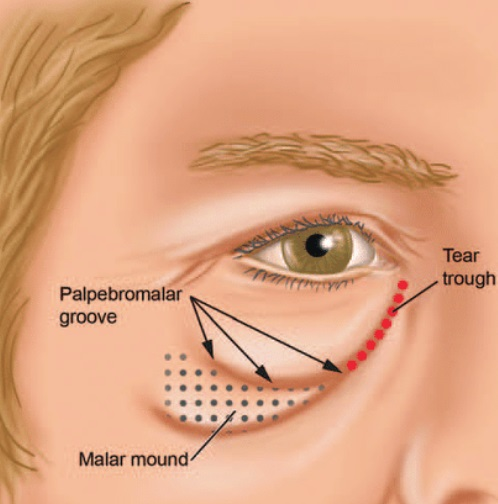
Tear trough deformities are depressions located between the lower eyelid and upper cheek, often leading to the appearance of dark circles, wrinkles, and under-eye bags. These deformities can be a result of genetic predisposition, the natural aging process, or lifestyle choices.
A tear trough is defined as a deep crease located between the lower eyelid and upper cheek, which may create a shadow under the eyes, leading to a fatigued appearance. Many people seek treatment for tear troughs to rejuvenate their appearance and restore a youthful look.
The Tear Trough Filler Procedure
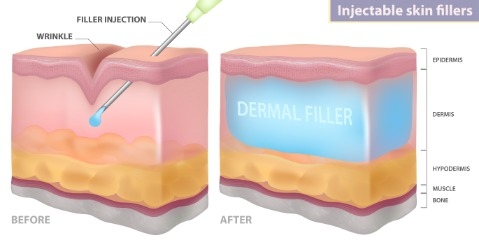
The tear trough filler procedure involves injecting hyaluronic acid fillers under the eyes to address under-eye volume loss and enhance facial aesthetics. Choosing an experienced technician is of great significance as they can guide you throughout the process, manage your expectations, and enlighten you about the potential risks associated with the procedure.
Before undergoing the procedure, patients should refrain from consuming specific supplements, medications, and foods high in Omega-3 and Omega-6 fatty acids to reduce recovery time and improve the safety of the dermal filler injections. Proper preparation plays a significant role in reducing recovery time and improving the overall safety of dermal filler injections. This entails following guidelines on what to avoid and adhering to any additional pre-procedural advice provided by your technician. Some things to avoid include:
-
Fish oil supplements
-
Vitamin E supplements
-
Aspirin and other blood-thinning medications
-
Alcohol
-
Spicy foods
By following these guidelines, you can ensure a smoother recovery and better results from your dermal fillers and dermal filler injections.
Injection Techniques
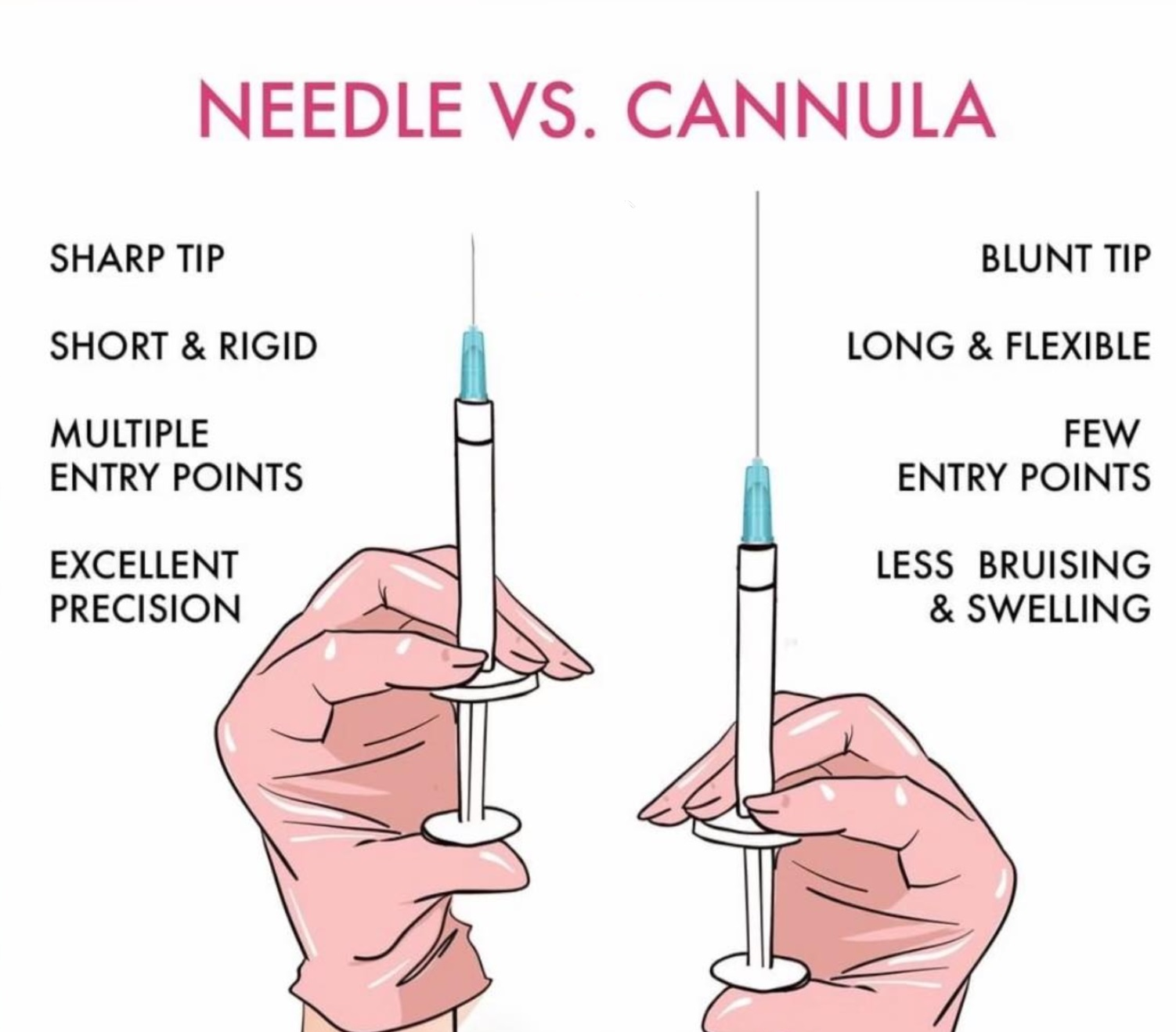
The injection techniques for tear trough fillers include the sharp needle and cannula methods. Cannulas are generally preferred due to their lower risk of complications and minimal skin damage. The use of cannulas allows for more accurate placement of the filler material and minimizes the risk of complications such as skin necrosis and blindness.
The process of using sharp needles in tear trough injections involves:
-
Preparing a syringe with hyaluronic acid filler
-
Attaching the filler to a sharp needle
-
Carefully administering the filler into the tear trough area
-
Utilizing advanced techniques to ensure precise placement and a natural appearance.
A skilled injector will perform these steps to achieve the desired results.
Decoding PHAREE: A Complication of Tear Trough Fillers
Despite the safety and effectiveness of tear trough fillers, a rare complication known as Post-Hyaluronic Acid Recurrent Eyelid Edema (PHAREE) can occur. PHAREE can develop due to overfilling the tear trough area, resulting in lumps or swelling under the eyes. It can also be linked to malar edema, a consequence of the malar septum.
Common symptoms of PHAREE following tear trough fillers may encompass:
-
Swelling
-
Redness
-
Bruising
-
Periorbital edema
However, the occurrence of PHAREE following a tear trough filler procedure is uncommon. Depending on the severity of the symptoms, different management methods are available, including surgical and non-surgical approaches.
Avoiding PHAREE
Avoiding PHAREE starts with the provider taking measures such as gently massaging the filler for even distribution, avoiding excessive manipulation, and possessing the knowledge to recognize and manage early complications effectively. Patients are advised to undergo a comprehensive medical examination, adhere to specific pre-procedure directives, and refrain from vigorous physical activity before the tear trough filler procedure.
Post-procedure, patients should:
-
Elevate the treated area while sleeping for 1-2 nights
-
Apply cold compresses
-
Limit physical activity
-
Avoid using non-Tylenol pain relievers
These steps can significantly reduce the risk of PHAREE.
Lastly, selecting the right filler injection and technique significantly contributes to reducing the risk of PHAREE by minimizing severe adverse effects, thereby guaranteeing a safe and positive outcome for the patient.
For Surgical Candidates
-
Initial Step: Multiple sessions of hyaluronic acid (HA) filler dissolution using hyaluronidase.
-
Surgical Procedures: May include lower blepharoplasty, possible canthoplasty, and possibly a midface lift.
-
Adjunctive Treatments: These may include fractionated RF microneedling or carbon dioxide laser skin resurfacing, or both.
For Non-Surgical Candidates:
-
Filler Dissolution: Gradual filler dissolution using low doses of hyaluronidase, combined with synchronous fractionated RF microneedling. This approach helps avoid deflation and tissue laxity that can occur when dissolving the filler using hyaluronidase alone.
-
Treatment Adjustments: For mild edema or to prevent the formation of rhytids, an even lower dose of hyaluronidase may be used.
-
Fractionated RF Microneedling: Used not only for its tissue contraction effect but also to potentiate the dissolution of HA filler material.
-
Optional Treatments: For patients with favorable skin types, a one-time ablative fractional CO2 laser can be incorporated.
-
Reassessment: Every 3 to 6 weeks to determine if further treatment is necessary.
Summary
In conclusion, tear trough fillers offer an effective solution to address under-eye volume loss and enhance facial aesthetics. While the procedure is generally safe, it’s important to understand the potential risks and complications, including PHAREE. By choosing a proficient technician, adhering to pre- and post-procedure guidelines, and selecting the appropriate filler and injection technique, the risks can be minimized, helping you achieve a rejuvenated and youthful appearance.
Frequently Asked Questions
How long does tear trough filler last?
Tear trough filler treatment typically lasts between 9 to 12 months, as there is less movement underneath the eyes, meaning the fillers remain undisturbed.
What is tear trough filler used for?
Tear trough filler is an injectable technique used to reduce the appearance of sunkeness and bags in the under eye area, as well as brighten and freshen the overall appearance of the face.
What are the common hyaluronic acid fillers used for tear trough correction?
Restylane-L and Juvederm Volbella are the most common hyaluronic acid fillers used for tear trough correction.
Q5: What is Post-Hyaluronic Acid Recurrent Eyelid Edema (PHAREE)?
PHAREE is a complication that can occur after HA filler injections in the tear trough area, leading to recurrent eyelid and malar edema. It's important to be aware of this potential risk.
